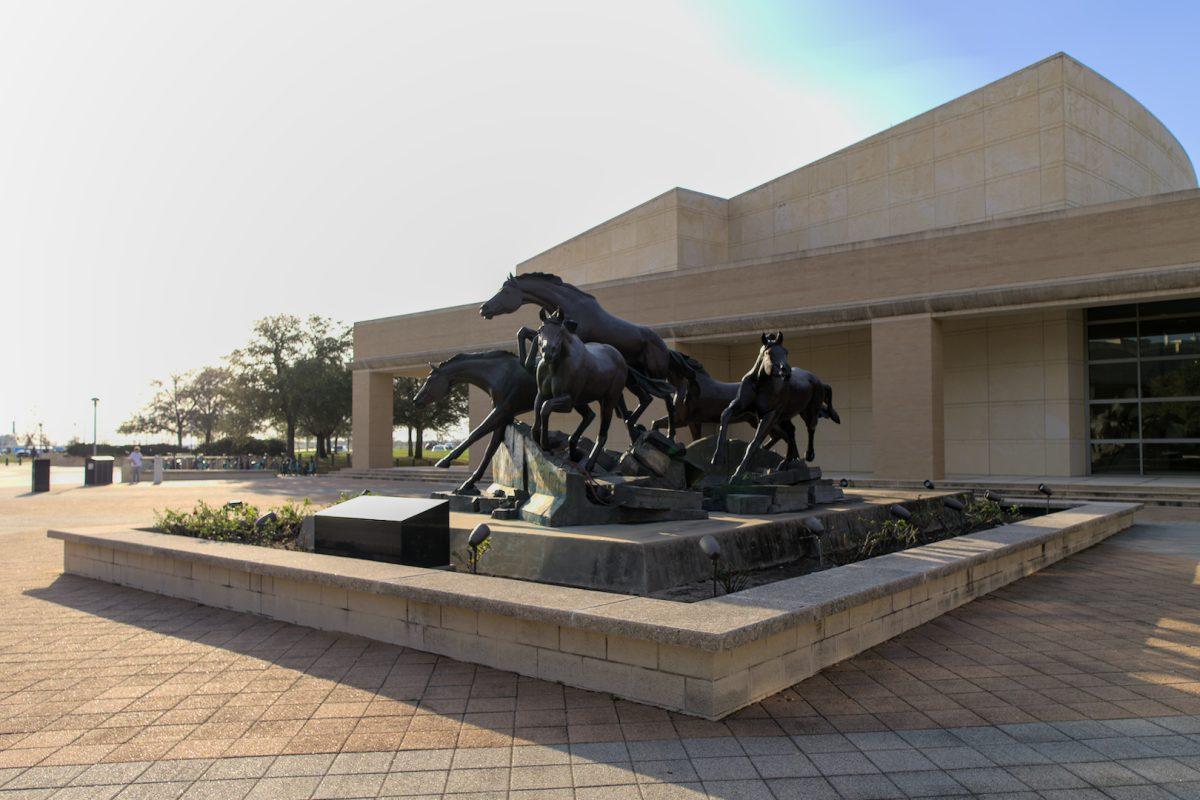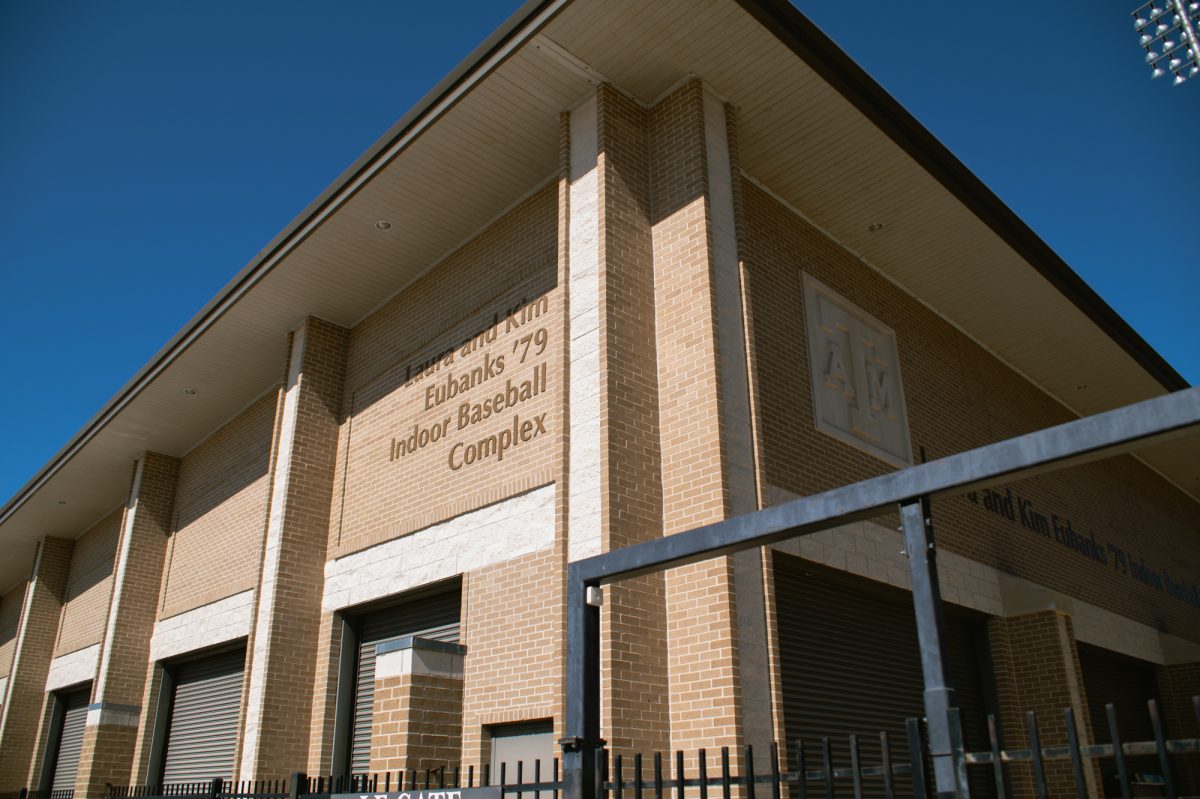With the rankings for the nation’s top law schools released, the Texas A&M School of Law has propelled to #46 in the nation, with two programs, dispute resolution and intellectual property law, placing #4 and #6, respectively. In addition, the school has construction plans for hundreds of millions of dollars worth of renovations and expansion to the Fort Worth campus, including a new $150 million nine-story law and education building set to replace the current law building.
Last March, U.S. News & World Report released its annual ranking report on the top law schools in the nation, with the A&M School of Law rising up from #52 in 2022 and #60 in 2021, a shift of 14 spots in the past two years. Such a sudden increase in ranking is unheard of for law schools, but it has happened for a reason, said professor of law Peter Reilly, a faculty member at the School of Law who teaches mostly alternative dispute resolution.
“I think it’s accurate to say that the law school has moved up in the rankings farther and faster than any school in the country in the history of law schools,” Reilly said. “So, I look at the next 5-10 years, I look at us continuing to move up, and I think as long as we keep our eye on the ball, which is having excellent faculty, producing excellent scholarship, having excellent teachers in the classroom, recruiting excellent students, then I think naturally we will continue to rise in the ranking.”
This comes in addition to other released statistics that have appealed to pre-law students in College Station, said political science senior Adrianna Griffith, who has made A&M’s law school her top choice following graduation.
“I have a lot of faith in A&M, and I know that they are really trying to put in a lot of effort to have a competitive school of law,” Griffith said. “For their graduating class of 2021, they actually held the #2 spot for bar passing rate of law schools in Texas in 2021. Ninety-three percent bar passing rate, to me, in my opinion, [it] seems able to compete with other law schools in Texas and compared to other schools I’ve been looking at, our school of law actually has a higher pass rate.”
The law university was originally the Texas Wesleyan School of Law before being purchased by A&M in 2013, and it has undergone multiple changes and renovations since then, Reilly said.
“I will say I was delighted that Texas A&M decided to purchase Texas Wesleyan because they have done a tremendous amount to improve the law school,” Reilly said.
One example of a positive change that separates the university from other law schools is the implementation of a week-long alternative dispute resolution, or ADR, program meant to get first-year students familiar with the notion that around 95% of cases, whether criminal or civil, are resolved outside of court through alternative means, Reilly said.
“This is highly unusual for a law school to do,” Reilly said. “But, to me, this is an important signal that the law school is giving to the law students that ADR is highly relevant and will be highly relevant to their entire careers. I’m delighted to be part of a school that realizes that and that’s really preparing their students for that eventuality.”
While some pre-law students have set their sights on other professional schools, many do see the potential the school holds but note that it is still too early for it to truly compare to older, more established and well-known schools, management sophomore Diana Rosales, a pre-law student aspiring to attend either New York University or Cornell University, said.
“To me personally, I genuinely feel it is just a matter of time for them,” Rosales said. “I feel like everything they have done has spoken for them, to see that they are increasing in rank at such a quick pace. Truthfully, I would consider it as a backup school.”
Reilly said that while the comparison is challenging, there is a lot of evidence such growth is not short-term and will be here to stay.
“Students will have to determine for themselves because that’s very true,” Reilly said. “It’s relatively new — this meteoric rise in the rankings is relatively new, but I will say this: The university has sent strong signals that it is completely backing the law school in every way, in terms of not just financial backing, which is important, and which is certainly doing, but also in terms of executing these changes in the way our dean and the way that our faculty want to make these changes. The commitment from the main university is very long-term, so these changes will continue to remain long-term. So any student who wants to bet on a school that is going to have a strong long-term commitment to excellence, then they should be banking on this law school.”
Such support can be seen by the expansion and renovations being committed to the School of Law and the Fort Worth campus. By alleviating these pain points, Griffith said more prospective students will potentially look into continuing their studies at the A&M School of Law.
“I think another big reason why some people view the A&M School of Law as a little unattractive is the aesthetics of the building itself,” Griffith said. “You’d be surprised, but it is a huge factor with a lot of people I speak with. I wasn’t the most impressed with the aesthetics of the building, but with the money they’re spending on revamping the school and adding on to it, I think that the newness of the building could also create more attractiveness for prospective students. But with their numbers on top of the university becoming more attractive, that’ll be a big reason for more students to potentially look into doing their professional studies at the A&M School of Law.”










